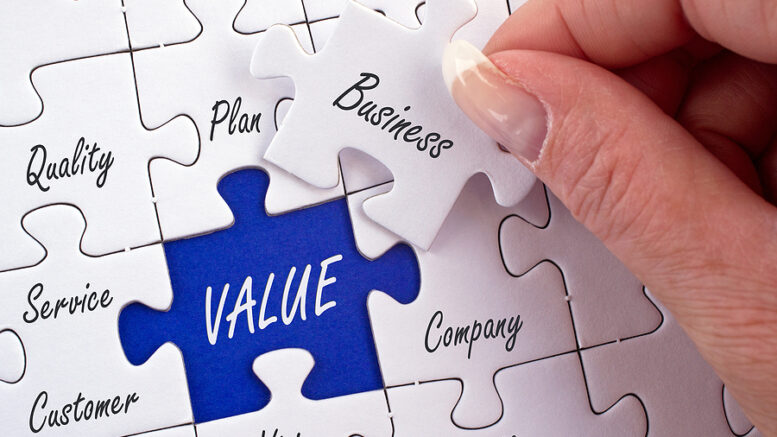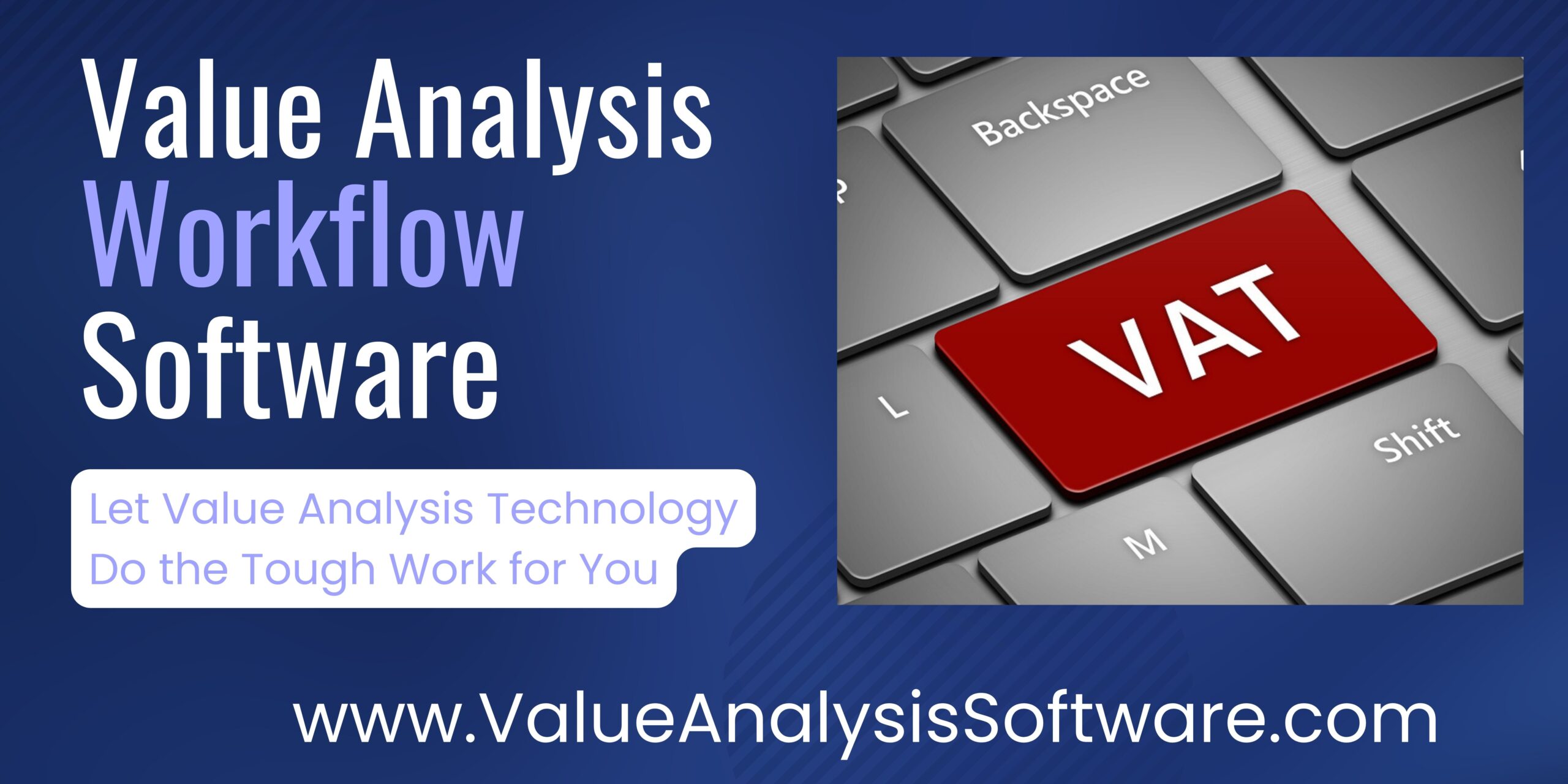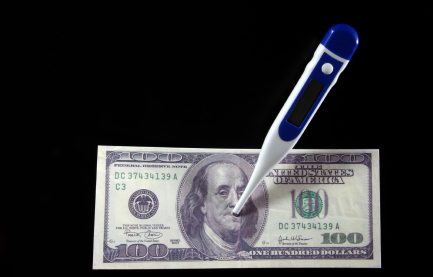“Today’s value analysis committees must be prepared to look beyond price parity, product utilization, and supply standardization on to clinical practice variation and facility contribution margins.”
HVAUMM: Tell us a little about your background and how it led you into your leadership role in the value analysis world and your health system.
I started in critical care, cardiac cath and EP lab, as well as artificial heart care teams. At Humana (Columbia/HCA), they added our surgery areas to my responsibilities and then I was asked to be their first Product Utilization Director under Tim Marlette in KY. It was an HCA pilot project. That was a great learning experience into what the value analysis process is and how to develop VAT committees. It was amazing what we could accomplish in standardizing multiple hospital systems and investigating projects such as reprocessing to reduce waste and cost. Eventually, I went back to CV services at HCA on a national level and did a data project with April Simon and Amy Charette which had an 800%+ ROI for 1.8M in supply utilization and clinical outcome software. Next, I went home to Louisville, KY to help develop, staff, and open a new closed-unit open heart and recovery wing at Baptist Healthcare. After that I went to Norton Healthcare, as previous HCA cohorts requested, to be a Value Analysis Director for them. In that role under Claire Rupert, I was introduced to Brooke Berson on her listserv for value analysis professionals and joined AHVAP in 2004. Over the years, in another position for Value Analysis Director at Floyd Memorial (Vizient) and with Baptist Healthcare in Value Analysis (Premier), I sat on multiple committees in both GPO and AHVAP to perform various VA roles. Being active in AHVAP through committee work made me eligible for a Board position. I was honored to be elected in AHVAP for the 2017 Northeast Region Board Director and as the 2019 President-elect. I then survived as the 2020 “Pandemic” President when facilities were just discovering how critical their value analysis processes were. I started this year transferring to University of Louisville’s UofLHealth system. We have multi-organ transplant, regional burn unit, Level 1 Trauma, genetic oncology treatments, and more services which I had not had a lot of exposure to previously. It’s been exciting to learn about! We are fortunate to have a value analysis software platform to use which makes the role so much easier.
HVAUMM: Who were the biggest influences (e.g., AHVAP, peers, mentors, etc.) that helped guide you through your VA career?
Throughout my career, all the AHVAP presidents have served as mentors, heroes, and leaders. Every one of the presidents are still to this day known as significant leaders in healthcare in so many areas of expertise. Value analysis provides so many opportunities to take subject matter experts and merge process improvement with business strategies to meet the AHVAP value analysis process pillars head on in a holistic approach to do the right thing for the patient and the healthcare systems. I do have to say a special thanks to Barbara Strain for helping hold it all together during the pandemic with podcasts and interactive sharing as we all fought to find supplies and meet patient needs. I’m really excited as our Premier Value Analysis Leader, Karen Niven, moves into the presidential role in 2024!
HVAUMM: What are some advanced strategies that you and your health system follow that you feel every healthcare value analysis professional/program should engage in?
Today’s value analysis committees must be prepared to look beyond price parity, product utilization, and supply standardization on to clinical practice variation and facility contribution margins. Well trained healthcare financial analysts typically have a multi-million-dollar impact in avoiding bad contract decisions, speeding up new product implementations or conversions, and retroactively tracking real-world project impacts and system failures in maintaining conversion successes. Physician case cost comparisons and product utilization information must be validated and cleansed to present positive results. It is critical to involve all areas affected! Infection Prevention, Finance, Quality, Billing, and Service Lines are just a start. Data and communication remain critical, and I must admit, investing in technology to pull together data and speed those communications are well worth the expense, particularly when staffing is tight. I’m so excited to see what AI can do for supply chain in the world of value analysis!
HVAUMM: How do you and your health system balance the cost, quality, and outcomes aspect of value analysis in the ever more complex supply chain world we all work in?
Quality clinical outcomes are critical, and we all know that bad care is expensive. It’s not unusual for facilities to try and fix a bad system process or patch the lack of staff education with the latest gadget. Many facilities try and launch multiple solutions simultaneously trying to quickly fix an increase in CLABSI, CAUTI, or HAPI complication rates. Every new technology request is reviewed for its merits in both patient care and financial stability. As a system, we need to identify which sites are best suited to provide the newest technology for optimal patient outcomes, even if the overall procedure is a margin loss. We work closely with surgeons to educate and be transparent in our outcomes, both current and projected, before making decisions.
HVAUMM: Where do you see the role of value analysis going in 2024 and beyond?
Value analysis should be a standard in Supply Chain as much as contracting or procurement. We all need a “clinical conscience” when making our decisions as they need to be educated/informed consent scenarios. The value analysis process is valuable in all areas of supply/service/equipment analysis and acquisition and until it is incorporated throughout, we will continue to see significant waste and cost increases.
HVAUMM: If you had one or two pieces of advice that you would give to a new value analysis practitioner, what would they be?
#1 – Network with your peers. Start with your group purchasing organization to find resources and similar size organizations. Join your national organization, AHVAP, and then concentrate on getting your certification when you’re ready to advance and lead.
#2 – Always put patient care first and foremost in everything you do. Let that drive your passion and success. Stand your ground and earn the trust of your clinicians. It’s what value analysis professionals do best!
Laura L. Polson, BSN, RN-BC, CVAHP has been in healthcare for over 40 years and is currently the System Services Director of Clinical Quality Value Analysis for UofL Health in Louisville, KY. She is the 2020 Past President of the Association of Healthcare Value Analysis Professionals (AHVAP). Laura is a Lean Sigma Green Belt and has an extensive background including Cardiac Cath, EP, Critical Care, ER, Wound Care, Quality, Risk, and Surgical Services/Open Heart recovery. She has experience working with multiple IDNs, GPOs and Distributors and has been a committee member for Surgical Services, Continuum of Care, and currently the Value Analysis Councils for Premier.
Articles you may like:





